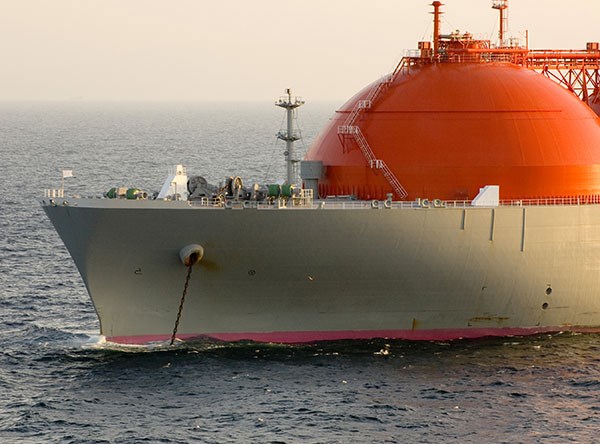In response to Mr. McConnell’s letter of Sept 25. Wherein he does a great review of the current LNG shipping regulations, two areas were left unsaid in my opinion: enforcement and risk-reward.
WLNG boats have three tugs – two flanking, one attached on the rear as a brake – and a B.C. pilot.
The U.S.A. response is: Coast Guard inspection team boards the vessel before it is allowed to enter the area, a pilot, high-speed police boats, two 41-ft. coastguard patrol boats, six tugs, port authority fire boat and a 110-ft. coast guard vessel. There is a three-mile exclusion zone, two miles in front, one in the rear and 3000 ft. on either side. Takeoff and landings at nearby airports are to be halted.
Why such a difference between the U.S. and Canada? This list was reported in the review of the KeySpan facility Providence, Rhode Island and also imposed at Everett, Mass.
The USA treats these vessels as a serious target for terrorism as they should. We appear not to. The 9/11 incidents have clearly shown that we must expect the un-expected.
In the light of geopolitical events, let us look at the risk/reward. There are thousands of homes on the proposed route of Howe Sound, Haro and Georgia straits.
As for the article in The Squamish Chief of July 10 ‘Potential LNG explosion no threat to locals’ safety: Expert.’ There are some anomalies in this article. The article quotes a 2004 study Guidance on Risk Analysis and Safety Implications of Large Liquefied Natural Gas (LNG) Spill Over Water. There is a later study. In March 2005, the U.S. Coast Guard requested that Sandia National Laboratories review the ‘Independent Risk Assessment of the Proposed Cabrillo Port LNG Deepwater Port Project’ off the coast of Malibu, Calif. Both studies were done by the Sandia Labs in the USA. The second report was published in 2006 and in that report the worst case in which the flammable vapour cloud extended was about 11 km downwind (see page 24 table 5 of the report).
Sandia admitted in its 2004 report that it was relying on the dynamics and dispersion of a large spill, and the hazards of such a spill are not fully understood, and it is evident that there is a lack of large-scale spill data for model input. Sandia urged that experimental validation should be undertaken to support the unreliability and inconsistency of LNG computer modeling and urge the federal government to conduct large-scale offshore LNG spill tests. In the absence of the necessary large-scale LNG spill tests, unwary communities are at substantial risk.
As a loaded LNG tanker approaches the Howe Sound choke point near Horseshoe Bay an incident could take out most of West Vancouver based on the latest information from Sandia labs.
In my opinion the rewards do not support the risk. Are those thousands of homes and families worth a
100 jobs?
Gord Homer
Furry Creek



